How to Create A Sales Page That Converts
A great sales page is an essential part of any successful sales funnel. After all, the sales page is where you actually make the sale. It’s where you convince someone to buy. Your sales page is what ultimately leads a person to open up their wallet, take out their money, and buy from you.
If your sales page is mediocre, you won’t make many sales. Visitors won’t want to purchase from you. Your conversion rate will be low, and your overall sales funnel will be ineffective.
A great sales page, however, makes your sales skyrocket, dramatically increases your conversion rate, and turns browsers into paying customers.
The truth is, your sales page will make or break your sales. Your revenue increases or plummets based on the quality of your sales page.
Of course, all this raises an important question: how do you actually create a great sales page?
If you’re new to creating sales pages, it can be overwhelming. How can you communicate everything you need to make the sale? How do you convince people to buy from you? How do you overcome doubt and demonstrate just how great your offer really is?
Good news: You can totally learn to create a great sales page.
The Sales Page Formula
In many ways, a sales page is a formula. Every great sales page contains the same core elements, like a math equation. Once you learn these core elements and how they work, you can put them together to create a highly effective sales page.
In this article, you’ll discover the secrets of creating a high-converting sales page. I’m going to reveal proven formulas and strategies that are guaranteed to increase your sales and conversions.
As we go through each part of the sales page, you’ll see how they all work together, how they fit like pieces of a puzzle, and how each element builds upon and adds to the previous elements.
By the end, you’ll be ready to create your own sales page that converts like crazy.
Ready? Let’s get started.
Step #1: You Must Understand Your Audience
Before you begin writing any part of your audience, the truth is if you aren’t clear on who you’re talking to, you can’t convince them effectively. You must talk directly to your audience in a way that resonates with them.
Until you’ve taken the time to understand what makes your audience tick, you shouldn’t work on your sales page. You need to put yourself in your customers’ shoes and see things from their point of view. To know what they truly want.
Once you learn about your audience, you can create a message that connects on a deeply personal level.
What do you need to learn about your target audience?
Here are some questions to help you know your audience:
- What age are your ideal customers?
- Are they mostly male, female, or both?
- What are their greatest pain points and challenges?
- What motivates them?
- What are their goals, hopes, and dreams?
- What do they aspire to?
- What do they fear?
- What have they tried before that didn’t work?
- What objections do they have to purchase?
- What makes them happy?
- Who are their biggest influencers?
- Who do they follow on social?
- What websites do they visit often?
Take the time to work through all these questions. The end result will be your buyer persona. A buyer persona is your representation of your ideal customer. It’s who you’re selling to. Ideally, your sales page should be written so that it speaks to your buyer persona.
It’s okay if you end up with multiple customer personas. Your service or product might appeal to different types of people.
The key is that you know precisely who you’re selling to. Whether you have one persona or several, it’s important that you understand who will be visiting your sales page and what will make them want to buy.
Step #2: Create Your Headline
It’s hard to overstate the importance of a sales page headline. The headline is what catches people’s attention and draws them to the rest of the page, and convinces them to keep reading.
A boring headline will cause people to leave your page uninterested in what you have to offer. A good headline will immediately intrigue them, catch their interest, and make them want to read more.
Famous advertising copywriter, David Ogilvy, said:
“On average, five times as many people read your headline as read your body copy. Once you have written your headline, you have spent eighty cents of your dollar.”
In other words, your headline is incredibly important. It can make or break your entire sales page. Given the importance of the headline, you should take as long as necessary to craft a compelling, interesting, and intriguing headline.
In order to do this, you must know your Unique Selling Proposition (USP).
Your USP is what you uniquely offer your customers. The thing that you’re great at. It’s your secret sauce. It’s how you help your customers succeed. Your USP sets you apart from your competition and helps prospects immediately understand what you uniquely have to offer.
Here’s a formula for creating your USP you can use:
“I help [PERSON] get [SPECIFIC RESULTS] by [YOUR SOLUTION].”
As an example, if you’re a business coach who focuses on helping business owners grow through digital marketing. Your USP could be that I help small business owners double their profits by using digital marketing.
Or maybe you’re a fitness coach. Your USP could be something like this; I help middle-aged women achieve their weight loss goals with a simple combination of exercise and mindset shifts.
Your headline will flow out of your USP and be customized to the product or service you’re selling.
Your headline should:
- Identify the specific problem your service or service solves
- State the big benefit
- Trigger an emotional response
- Intrigue the reader
- Convince them to check out the rest of the sales page
You can use these formulas you can use to create an irresistible headline:
- How To [Achieve Results] Without [Pain Point]
Example: How To Lose 10 Pounds Without Suffering On Trendy Diets
- [Achieve Results] In [Timeframe]
Example: Learn To Speak Fluent French In Just Three Weeks!
- The Quickest Way To [Achieve Results]
– Example: The Quickest Way To Grow a Rooftop Garden
- Get Rid of [Your Problem] Once and For All
Example: Get Rid Of Your Baby Weight Once and For All!
- Revealed: The Secret To [Achieve Results]
Example: Revealed: The Secret To Write and Publish a Book In 30 Days or Less
- [Do Something] Like [World-Class Example]
Example: Work Out Like A World-Class Athlete
- [Achieve Results] And [Desirable Circumstance]
Example: Hone in Your Leadership Skills and Be the Great Boss
- Have [Results] You Can Be Proud Of
Example: Have A Business You Can Be Proud Of
You can mix and match elements of these headline formulas to craft the perfect headline.
Be sure that your sales page headline is specific, interesting, and speaks to the problem of your reader.
Remember, your headline is what will convince them to read the rest of the page. Spend the necessary time crafting a headline-worthy of what you’re selling.
Step #3: Address Frustrations and Challenges
Now it’s time to start crafting the actual copy of your sales page. The first step is to highlight the pain points your potential customers are feeling. Your main goal is to make them acutely feel their pain points and to speak to the challenges and frustrations they have.
You want them to feel like you understand where they’re coming from; that you can relate to their struggle.
Be as specific as possible when highlighting pain points. Use the same language they use to describe their challenges. You’re trying to get them to think about how frustrating things currently are for them. You want them to wonder how things could be different in their lives.
Think of it like you’re crafting a “Before/After” scenario. In the “Before,” you’re painting a picture of what their life is currently like.
For example, you might say things like:
- Sick of spending money on marketing and not getting any return?
- Building an online business is really difficult.
- Are you struggling to get consistent traffic to your website?
- Few things are more difficult than losing baby weight.
- Saving for retirement shouldn’t be this difficult.
- Networking can be exhausting when you’re an introvert.
When creating this section, go into as much detail as you can. Use vivid language and paint a picture. You want them to actively feel their pain as you describe it. You want the reader to feel like you’re talking directly to them.
Don’t skimp on this part. Make it as long as needed to convey the pain points and challenges that your potential customers are feeling.
Step #4: Introduce Your Offer
Once you’ve sufficiently agitated their pain points, it’s time to introduce your offer. This is when you introduce potential customers to your product or service. You’ve spent quite a bit of time talking about their specific pain points and challenges. Now you offer your solution as the perfect answer to their problems.
When talking about your product, start by talking about the benefits. Talk about how your offer will change their lives and how it will solve their most painful problems and fix their deepest frustrations. Paint a picture of their life if they purchase your product or service.
Remember that people are primarily interested in their outcome rather than your offer. They care about how their life will change, not how you will change them.
Yes, you’ll talk about those things too, but not at first. Start by stating the benefits of your offer, not its features.
For example:
- Finally, you’ll know the ROI you’ll get from your Facebook ads.
- You can stop counting calories and start eating what you want.
- Stop struggling to attract new leads and start bringing them in on autopilot
- Easily scale your business to six figures without burning out
- Finally, land your dream job at your dream company.
- Stop being lazy and start reaching your fitness goals.
Your primary goal is to show prospects how fantastic their life will be if they go with your solution. You want them to be completely convinced that your offer is what they need to solve their challenges.
Once you’ve spent time talking about the benefits of your offer, then you can go into details about the features.
For example, maybe you offer done-for-you social media content. Or maybe part of your solution is two consulting calls. Or maybe you provide customers with a detailed analysis of their accounting situation.
Explain exactly how your solution works. You want potential customers to understand what they’re getting once they decide to buy from you.
If you’re selling a product, include photos (and possibly videos) of it. If it’s a digital product, include screenshots. If you’re offering bonuses, like access to an exclusive Facebook group, be crystal clear about each of those as well.
When talking about the features of your offer, your goal is to help them become an informed buyer. They can’t physically touch or see your offer on your sales page. The more information you can add about it, the more buyers will trust you.
Step #5: Make Your Call To Action
By this point, you’ve highlighted pain points and talked about the benefits and features of your offer. Now it’s time to actually ask them to buy. It’s time to directly ask the reader to buy from you.
This needs to come in the form of a direct call to action.
A potential customer needs to understand what you have to offer and why it’s the perfect solution to their problem. It’s time to call them to take action.
It’s good to put your call to action in the first person. This emphasizes to them that they’re the ones taking action. It puts them in an action mindset.
Examples of strong calls to action include:
- I’m Ready To Start Crushing Facebook Ads!
- I’m In!
- Let’s Do This
- Give Me Immediate Access
- I’m Ready To Start Saving
- Sign Me Up For The Social Media Masterclass
Notice that all of these calls-to-action use action-oriented words. You don’t want your CTA to be boring, weak, or uninspired. You want the reader to feel like they’re doing something big and important when they click on your CTA.
Make your CTA direct and to the point. Make it clear that you want them to actually do something. Remember, you’re selling something. If they don’t take action and purchase, then your sales page fails.
Bottom line: Don’t be afraid of asking people to buy.
Be bold and direct.
Step #6: Introduce Yourself
If people are going to buy from you, they need to know who you are, and they need to know why they can trust you. You have to give them a reason to part with their hard-earned money.
That’s why you should create an about section where you introduce yourself. In this section, you tell potential customers who you are, why you’re uniquely qualified to solve their problems, and why they should trust you.
Consider including things like:
- A quality photo of yourself
- Your experience
- Successes you’ve had
- High-profile clients you’ve worked with
- Any degree or certifications you hold
- Any media appearances
For example, if you’re a successful entrepreneur who’s built a six-figure business, talk about that. If you’ve consulted for well-known businesses, make that clear as well. If you’ve been featured on Entrepreneur or Fast Company or NBC, spell that out.
Don’t be shy when working on this section.
Be sure to make it clear that you are an expert in your field and that you have the necessary experience to solve their problems.
Think of this section as a shortened resume. Your goal is to show off your experience and knowledge, so they trust you.
Step #7: Use Social Proof
Testimonials are a powerful form of social proof. Think about every time you shop on Amazon. What are the first things you do? You check out the reviews to see how others feel about the product. We trust the words of our peers.
On your sales page, use testimonials from your satisfied customers. They are especially helpful in overcoming any objections and doubts your prospects may have. Testimonials feel authentic and prove that you’ve actually helped real people. Social proof backs up the claims you make on your sales page and prove that your solution works.
If you don’t have many testimonials, you can ask your existing customers if they’d be willing to provide one for you.
Here are some questions you can ask to get powerful testimonials from customers:
- How were you struggling before you used my service or product?
- What are the specific results you got as a result of using my service or product?
- Why would you recommend my service or product to others?
- What specific features of my service or product did you like?
The best testimonials are specific in the details. For example, a testimonial that just says, “Great product!” is okay. But a testimonial that says, “This product improved our conversion rate by 14%!” is much better.
It’s hard to overstate the importance of using social proof. It plays a significant role in convincing people to buy and can dramatically improve your conversion rate. Take the necessary time to collect powerful testimonials from your current customers, and then use those testimonials on your sales page.
Step #8: Get the Wrong People to Leave
Believe it or not, your offer should not appeal to everyone. You’re selling a specific product or service geared toward a specific person. You’re not Target, trying to sell products designed for the masses. Everyone should NOT be your customer.
Your sales page should exclude those who aren’t a fit for your offer.
Why? Because if the wrong people purchase your offer, they become unhappy customers. Unhappy customers often want refunds and leave bad reviews. All are creating a big headache for you.
You only want to work with those with who you can effectively help. If the wrong people purchased your offers, you’ll both become frustrated when you discover that you’re a poor fit for each other.
So how do you filter out these wrong people? By telling readers who your offer is right for.
What characterizes your perfect customer? Are you targeting entrepreneurs that make over $100,000 a year? Or corporate executives struggling to keep up with the stressful demands of their job? Or moms who struggle to keep their eating habits under control?
Make it clear who will be the best t fit for your offer. List the things that characterize them.
For example, you could say something like:
Who is this for?
It’s for small business owners making over $100k a year but isn’t able to generate leads consistently. It’s for entrepreneurs wanting to use the power of digital marketing to scale their business. It’s for those that are desperate to grow their business but don’t know what to do.
Notice how each element narrows your ideal audience. The first sentence specifies the offer is for a business owner making over $100k. The second sentence specifies it’s for those who want to use digital marketing. And the third part makes it clear that the ideal customer is someone who is desperate to grow their business.
Be specific when it comes to defining who your offer is perfect for. The more specific you are, the more you’ll attract your ideal customer and turn away those who aren’t a great fit.
Step #9: Answer Frequently Asked Questions
Your potential customers will most likely have questions as they go through your sales page. The more you can answer their questions, the more you’ll overcome any objections, and the more likely they’ll buy from you.
What kinds of questions will people have regarding your offer?
Here are some common ones:
- Are there any requirements?
- Do you have a payment plan?
- How long will it take to see results?
- How do I receive your product?
- How long do I have access to your product?
- Is any special equipment needed?
- What payment types do you take?
Put yourself in the shoes of customers. What do you need to know before you buy? What would hold you back from buying?
One way to figure out what people may have is to ask your current customers what questions they had before they bought from you. Have them assist you in identifying the common questions people have about your product or service.
It’s important to be as thorough as you can be when creating your FAQ section. Unanswered questions keep people from purchasing. They are obstacles to sales. Do your best to get in front of any questions people may have and then provide answers to those questions.
Also, add your contact information so that your prospects can follow up with you if they have questions.
Step #10: Add FOMO
If you can, add a sense of urgency to your offer. You’ll want to create a Fear Of Missing Out (FOMO). You want visitors to feel that if they don’t take action right away, they will miss out on this great opportunity.
Adding urgency to your sales page forces them to make a decision right now. They can’t continually put off purchasing. They need to make a decision whether they’re in or out.
By adding urgency, you can significantly increase your conversion rate.
How do you add urgency to your sales page?
There are several ways:
- Offer your product or service for a limited time. For example, let’s say you’re selling a digital course. You could open enrollment for a short time, like ten days.
- Only take a limited number of clients. For example, if you’re a health coach, you could limit yourself to taking on a maximum of eight clients at a time. Once you reach that number, you refuse to take on anyone else.
- Offer bonuses that expire after a specific time. For example, if you’re publishing a book, you could offer a free digital download to everyone who buys the book in the first week.
- Limit the number of products you make. For example, if you make handmade items, you could limit the number you make of each style.
When adding urgency, it’s important that you stick to your promises. If you say you’re only taking on eight new clients, don’t keep taking on new clients after eight. People will not believe you if they find out that you created fake urgency.
Be honest when it comes to adding urgency to your offer.
Step #11: Review the Benefits and Call-To-Action
The final step in creating a high-converting sales page is to reiterate the benefits and call the reader to take action again.
When restating the benefits, help people imagine how their lives will change if they adopt your product or service.
Force them to decide if they want things to remain the same or whether they’re ready for a change.
For example, say things like:
- Are you ready to stop struggling to get new customers and start scaling your business?
- It’s time to take control of your life and change your eating habits for good.
- How would your life change if you could easily manage the tasks you have every day?
- If you’re ready to start building your nest egg, now is the day to take action.
- Now is the time to stop struggling to lose weight and be your best, healthy self.
You want to reinforce how effective your product or solution is. You want people to feel like they will be missing out if they don’t purchase from you.
After you’ve restated the benefits, it’s time to make a final call to action. You want to tell the reader to take action again. If they’ve read this far on your sales page, it probably means they’re actually interested in what you have to offer.
But they haven’t responded to your call-to-action yet. This is your last chance to convince them to take action and buy.
Like with your previous CTA, be direct and to the point. Make it clear and obvious what you want them to do. If you’re using a button for your CTA, make the button obvious.
The Importance of Subheadings and Scannable Copy
Your entire sales page should be easy to read so a person can skim through and get a good feel for your offer.
No one likes to look at big solid blocks of text. No one wants to have to carefully read each word in order to know what you’re offering.
So how do you make your copy easy to read? By using plenty of subheads, breaks, and bullet points.
A good rule of thumb is for each new section to have its own subhead. When you address the problems and challenges, lead into that section with a subhead. When you make your offer, use a subhead. Use a subhead when you introduce yourself.
When creating your subheads, follow the same rules as when writing your overall headline:
- Each subhead should be interesting and keep the reader moving down the page.
- Each one should draw the viewer in and make them want to see what comes next.
- And subhead should be clear enough that you get a sense of the entire page just by reading them.
Within each section, ensure the copy is easy to skim. Use short paragraphs. Every few sentences, start a new paragraph.
This allows a reader to quickly move down the page and get a feel for what you’re saying. If they want to know more, they can always come back and read more carefully.
After you’ve written a draft of your sales page, quickly skim through it. Is it easy to read? Can most of the information be scanned? Are there any areas where you feel forced to slow down in order to understand?
Do your best to make the entire page smooth and easy to read. You’ll end up with happier readers, which in turn into higher conversion rates.
Put It All Together
Now you know all the elements that make up a successful sales page. You know the “formula.” All that’s left is to put these things together into one highly compelling sales page.
The high-converting sales page formula is as follows:
- Understand your audience
- Craft your headline
- Address problems and challenges
- Introduce your solution
- Make your offer
- Introduce yourself
- Use social proof
- Get the Wrong People to Leave
- Answers FAQs
- Add FOMO
- Review the benefits and call-to-action
- Use subheadings and scannable copy
Each of these elements is critical to a great sales page. If you leave any out, your conversion rate will decrease, and you’ll sell less. However, when you include all these elements, the end result is a high-converting, revenue-generating sales page.
Now it’s time for us to give you a call to action.
You know how to write a great sales page that converts like crazy. You know the formula for sales page success. All that’s left is for you to go and get started.
So get out there and write that high-converting sales page!
And remember, you don’t need crazy tech skills, buckets of cash, or dedicated staff to market your business. You don’t even need a lot of time.
What you need is to be SMART.
About Digital Marketing Expert Torie Mathis
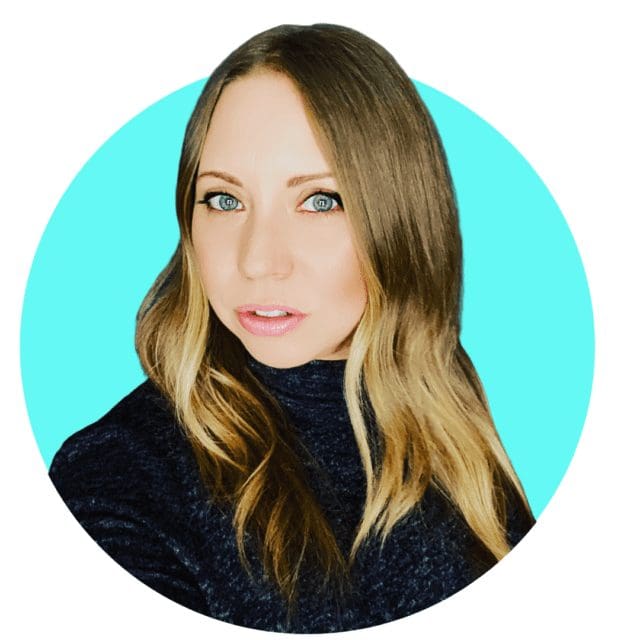
Torie hosts SMART AF, a show for non-techy entrepreneurs looking to grow their business, with her husband Sean and is the creator of SMART AF Magazine. Learn from Torie at the Smart Arsenal and on her channel.
What do you think? Let's talk! Leave a comment.
Hi! I'm Torie!

You don’t need crazy tech skills, buckets of cash, or dedicated staff to market your business. You don’t even need a lot of time.
What you need is to be SMART.
Smart Marketing For
Get Smart AF
DELIVERED TO YOUR INBOX
from your Digital Marketing Coach Torie Mathis!
Let's get SMART!
Let's Connect!
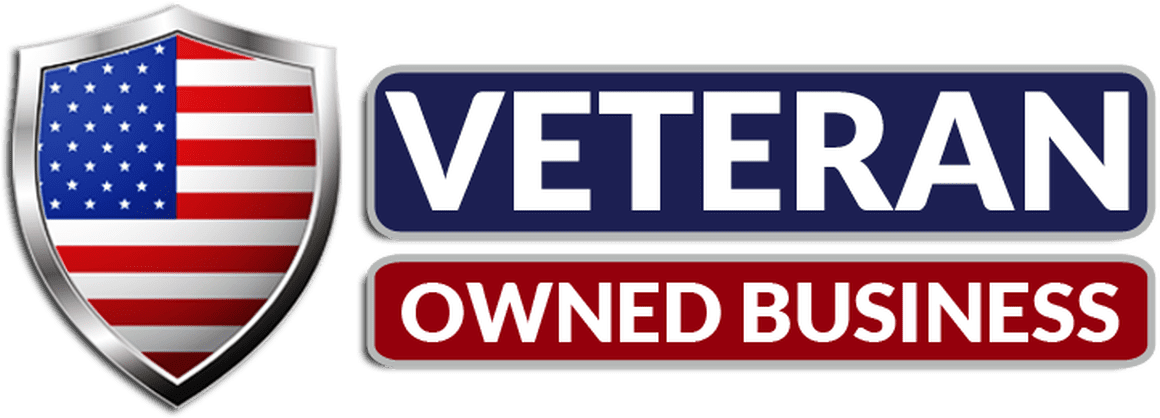
*Posts may contain affiliate links. If you use these links to purchase, I may earn a commission at no additional cost to you.


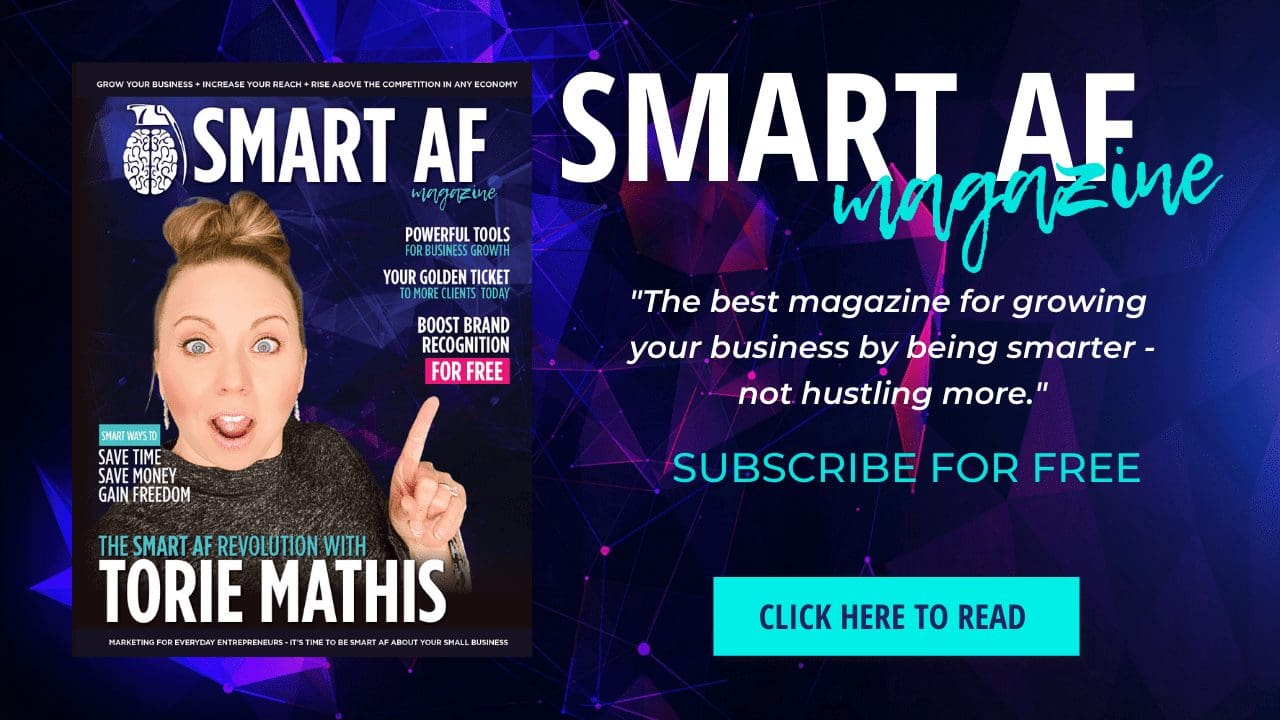

 I help entrepreneurs learn digital marketing.
I help entrepreneurs learn digital marketing.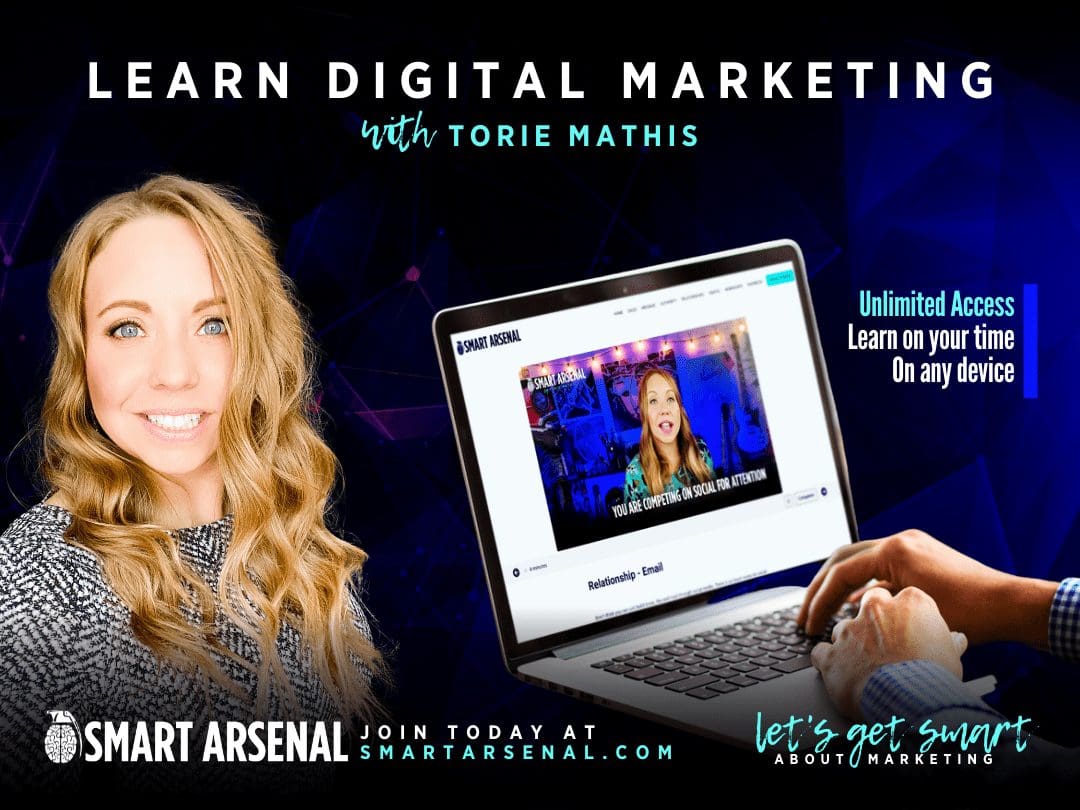
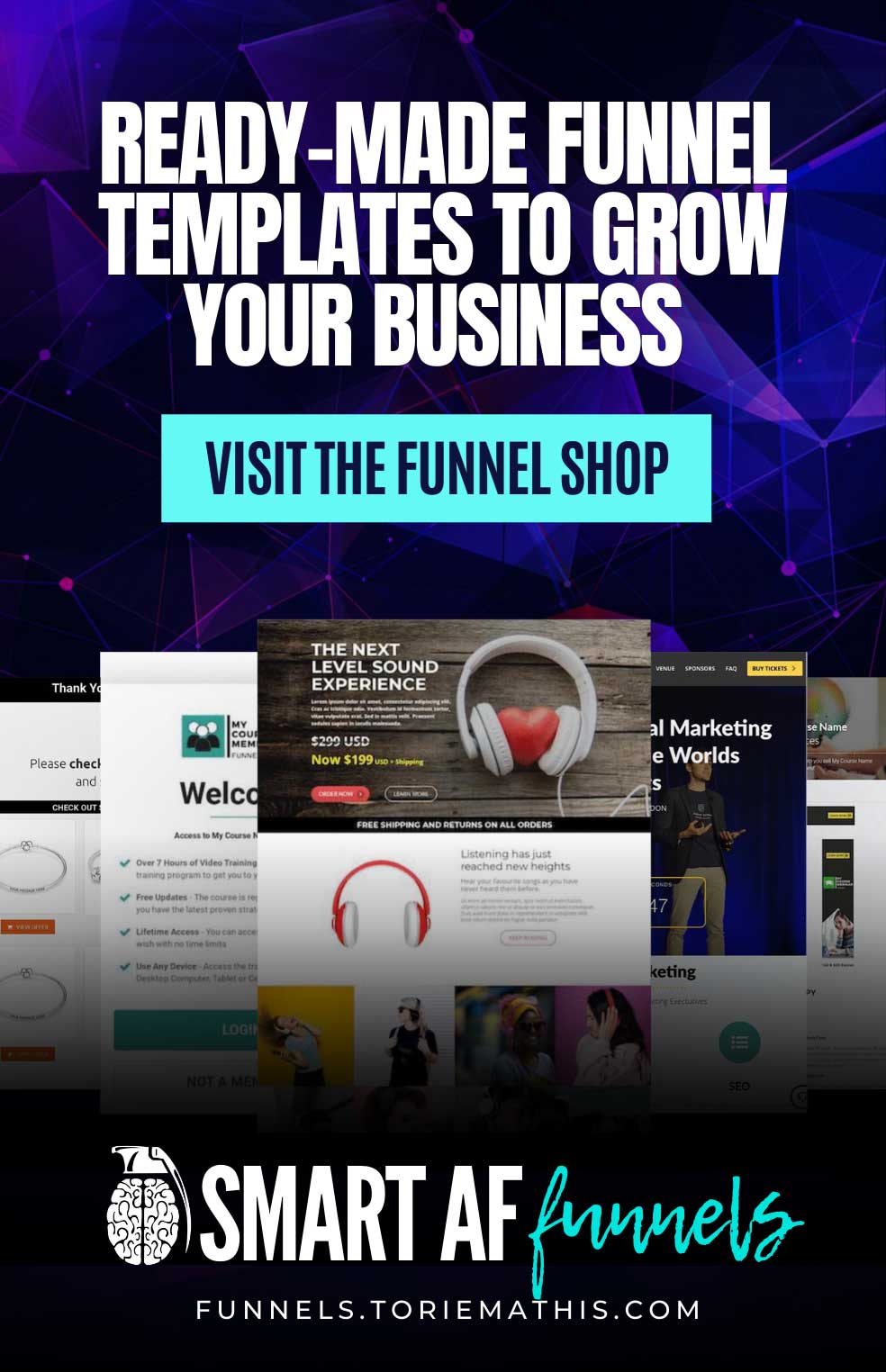
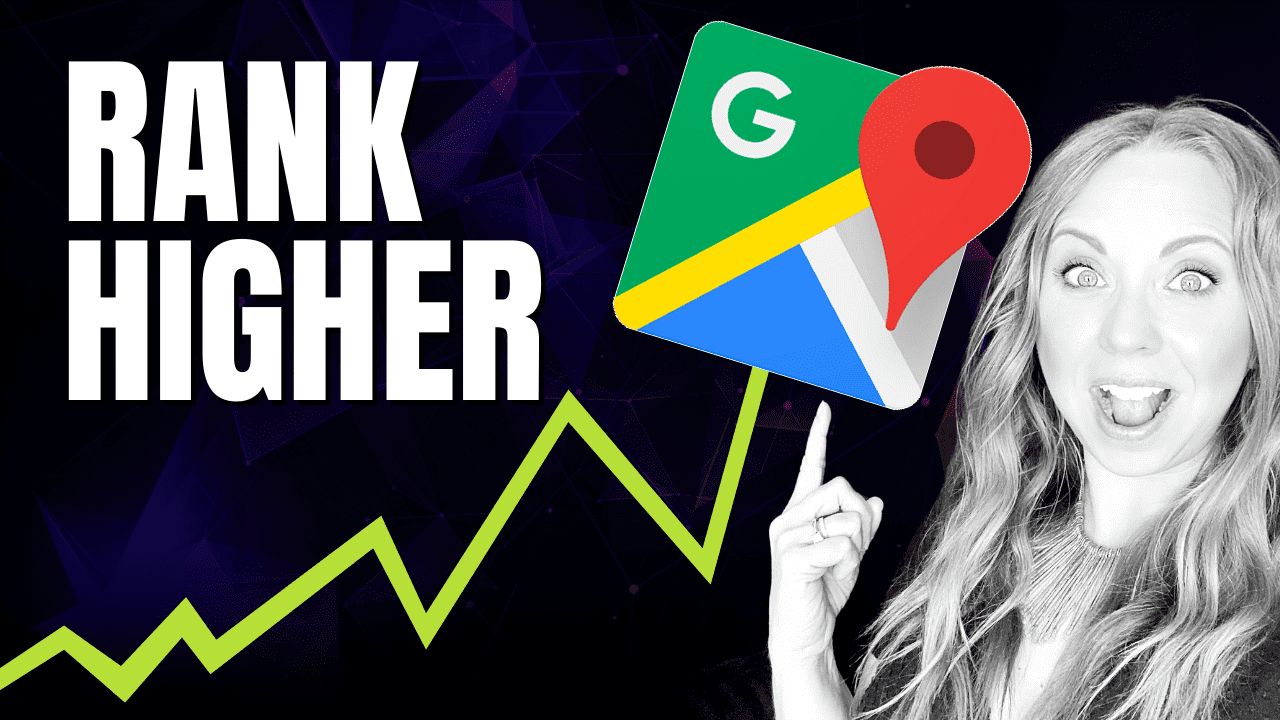
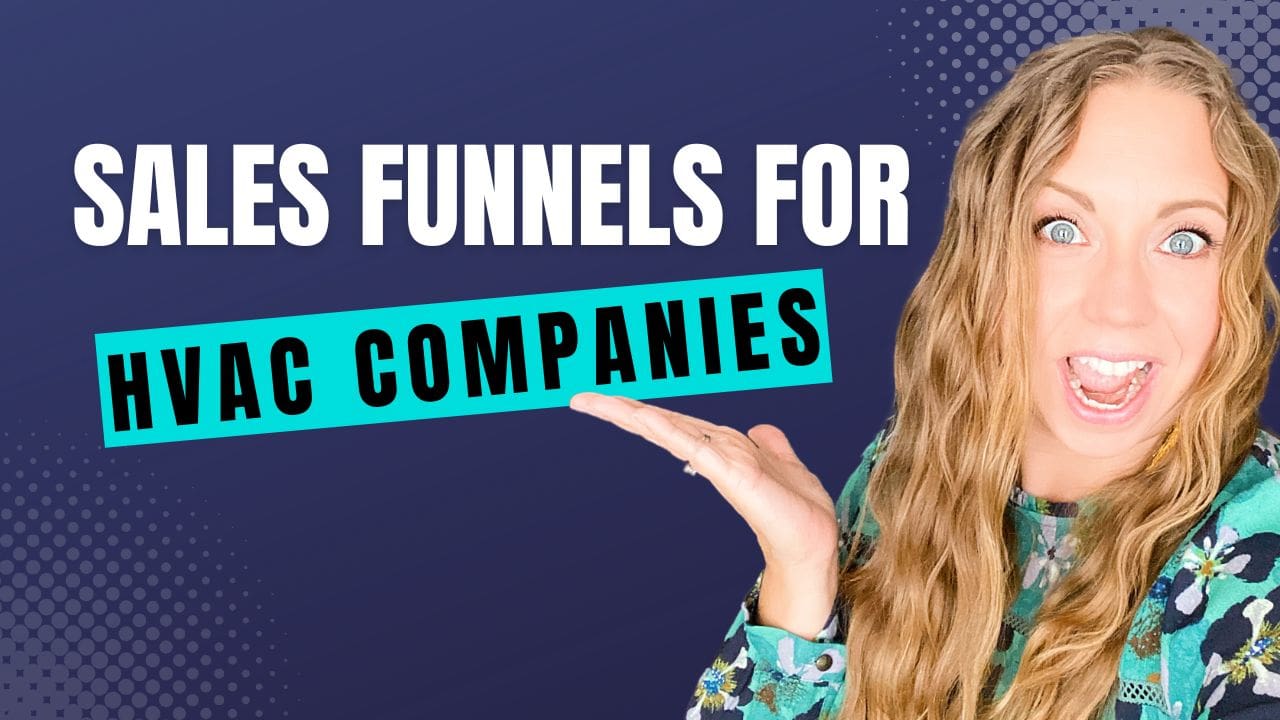
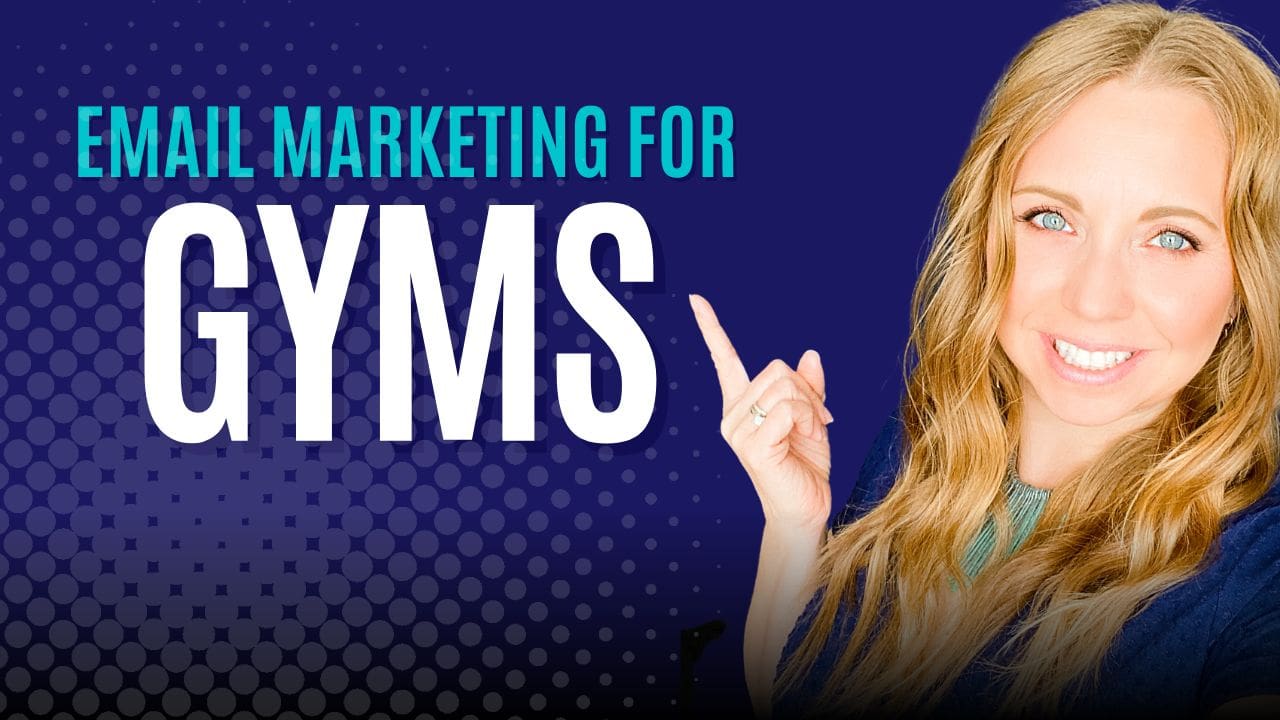
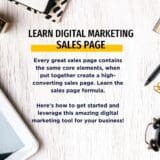
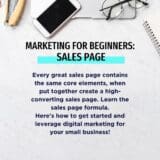
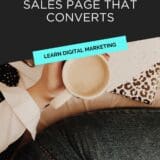
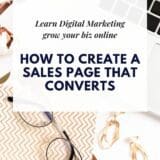
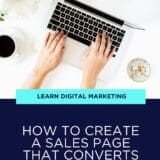
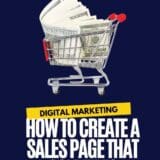
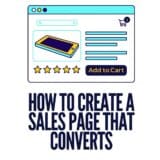
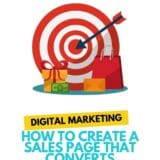
0 Comments